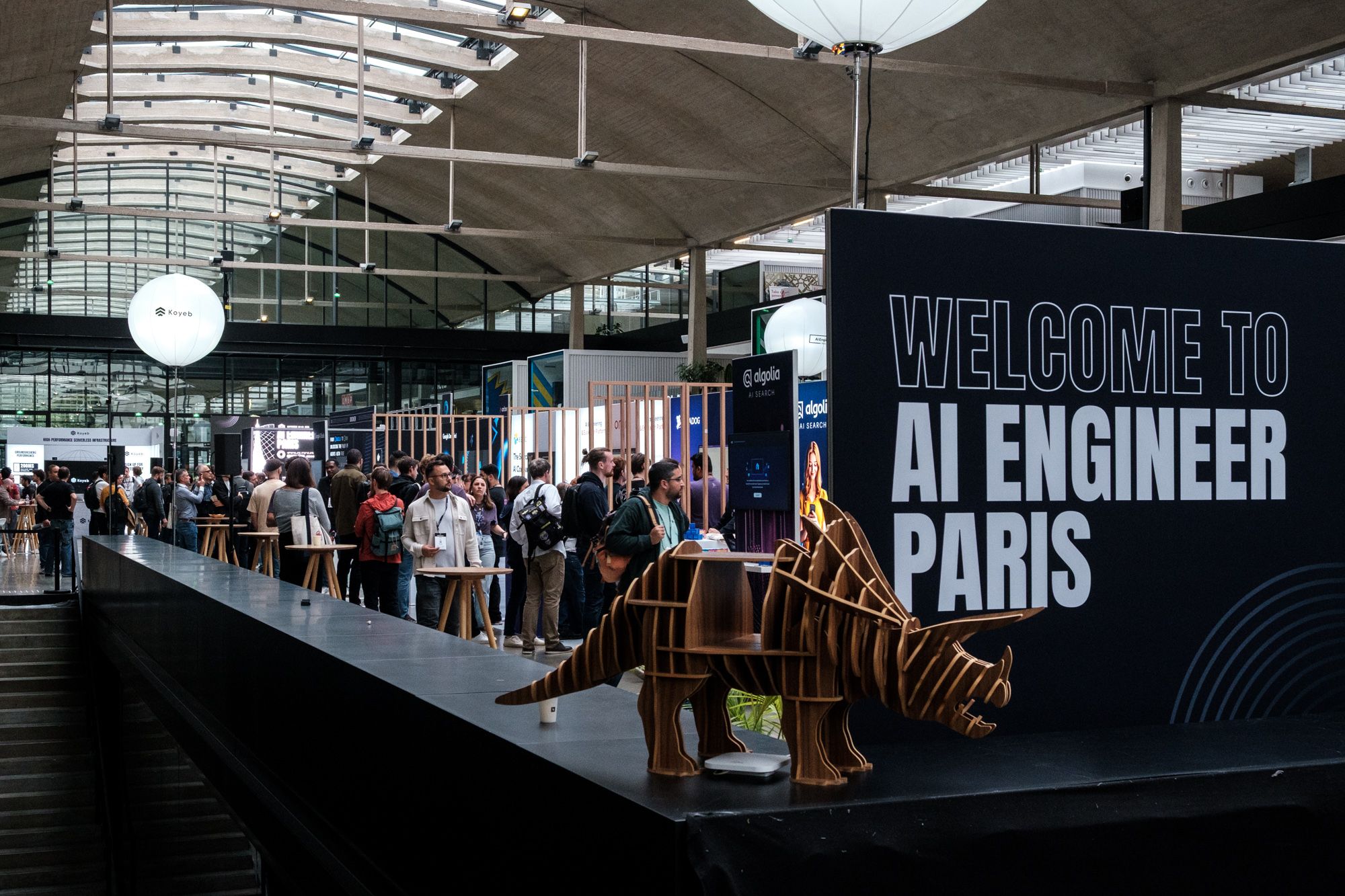Getting your models into production with MLOps
As the famous saying goes, you should invest in times of crisis. But when you have to watch the pennies, this is easier said than done. Especially when implementing new technologies, business leaders often need to remember that it must be more than an experiment: your innovation has to deliver real business value. This blog post will boost the return on investment from the machine learning systems you implement.
More specifically, we introduce the need for MLOps and how it helps to manage the complexity of machine learning models and deployments. Secondly, we address the business implications of implementing MLOps as a proper ecosystem. Lastly, the challenges of building an MLOps capability are covered to ensure the success of your machine learning initiatives at your organisation.
Introduction
What if a car company built each component of its cars from scratch with every order without any automated assembly lines or lean manufacturing processes? One could imagine this car company would not be alive for a very long time. Other car companies which do have such processes in place would quickly outcompete it. And yet, that’s how many organisations approach the production of their machine learning systems. An organisation that does not put proper methods in place to automate the development and continuous redeployment of its ML models will quickly find itself on the same course as the outcompeted car company. And so, the management of machine learning operations makes its introduction a necessary component in implementing artificial intelligence.
Enabling AI capabilities through ML operations management
Just as traditional IT operations management tools and processes are used to manage and optimise the performance of IT systems, companies can use ML operations management to manage and optimise the performance of machine learning models. One of the key elements of ML operations is the development of pipelines. Similar to car companies having assembly lines, organisations developing machine learning systems have MLOps pipelines. These consist of automated stages to increase productivity and remove risks and inefficiencies.
Stages like building the chassis and the body of the car find their counterparts in the collection and management of data, building the car engine can be compared with the development of actual machine learning code, and so on. The most important part, though, is the operationalization of the process, and this is where ML software development differs from classical software development and, in extension, the car assembly line. The real challenge isn’t writing code that can be shipped to be deployed;, effectively a one-way process.It is building an integrated ML system that operates continuously in production, in effect, a circular process.
Next to this, as machine learning models are developed using existing data, these models require training, and it’s crucial to keep track of the data on which models are trained. And thus, as operations management in classical software development focuses on tracking versions of software, MLOps focuses on versions of code, data, and the models themselves. After development and deployment, this, therefore, introduces two extra components. The first one is data management, ensuring data collection, quality and version control, and the second one is model operations, i.e. continuous monitoring, maintenance and improvement of the model.
 How to start with MLOps & different MLOps building blocks
How to start with MLOps & different MLOps building blocks
Integrating these four components, MLOps aims to provide an automation environment across the entire machine learning model life cycle in an efficient, consistent, repeatable, and secure way.
The business impact of MLOps
The impact of MLOps cannot be understated. By automating the machine learning lifecycle, businesses can speed up the process of creating and deploying models, leading to faster innovation and better decision-making, and as a result, shorter time to market. In addition, MLOps can help businesses reduce the cost of machine learning development and deployment, as well as improve the quality of their models.
It is, however, advantageous not to measure impact as a consequence of machine learning model metrics rather than business metrics and objectives. Often data scientists tend to care more about improving the accuracy of a model from 95% to 96%, while in reality companies should care more about the business impact of that model. For example, that one percent increase in accuracy might not make a significant difference to the business, but a one percent increase in revenue might.
The challenge presented here lies in tying the performance metrics of a machine learning model to the overall business performance. What business performance is the new ML model supposed to influence, and how can we measure that? Examples are the number of active users, the conversion rate or the number of detected defects of a product.
Another key observation is that improvements in recent years have shown that AI solutions have become much more mature than just five to ten years ago. Many ML technologies have proven feasibility and value, eliminating the need to build proof of concepts with R&D funds. This addresses a significant risk and is one of the main reasons machine learning initiatives fail, which is stalling in the experimentation phase. In fact, 72% of a cohort of organisations that began AI pilots before 2019 have not been able to deploy even a single application in production.
Previously focussing on orchestrating and tracking experiments, the focus has shifted towards adoption maturity. The longer a company has adopted ML, the more efficient its pipeline will run, the faster its development cycle will be, the less engineering time it’ll need, and the lower its cloud bill. In this sense, the ROI of adopting a machine learning system (and the increased ROI of future ML projects) is directly related to the maturity of that system, hence the need for the adoption of MLOps.
Building an MLOps capability
An important notion for businesses to remember is that MLOps is not a one-size-fits-all solution – it needs to be tailored to the specific needs of each organisation. It is, however,, recommended that organisations clearly understand the challenges of building an MLOps capability before they implement it. These can be identified in five areas: skills, time, change, complexity and cost.
Implementing MLOps requires a certain level of skills and expertise, and organisations must be sure they have the right people to do so. If not, investment in upskilling existing talent or new roles is necessary. This can take some time, and organisations must be prepared for this. Adjacent to this, it can require organisations to change the way they work, a factor which may not be underestimated. The implementation process can be complex, and organisations need to have a good understanding of the process before they dive into it. At last, implementing MLOps can be costly, not only because of the skills and time implications, but because of the necessary infrastructure as well. Organisations need to ensure that they have the resources to do so.
Conclusion
In conclusion, building an MLOps capability can be a complex and time-consuming process. However, it’s an important investment for any organisation that wants to get the most out of machine learning. By taking the time to understand MLOps and putting together the right team and infrastructure, organisations can reap the benefits of faster, better, and more reliable machine learning models. And these benefits will over time completely outshine the efforts and costs you had to put into them.



